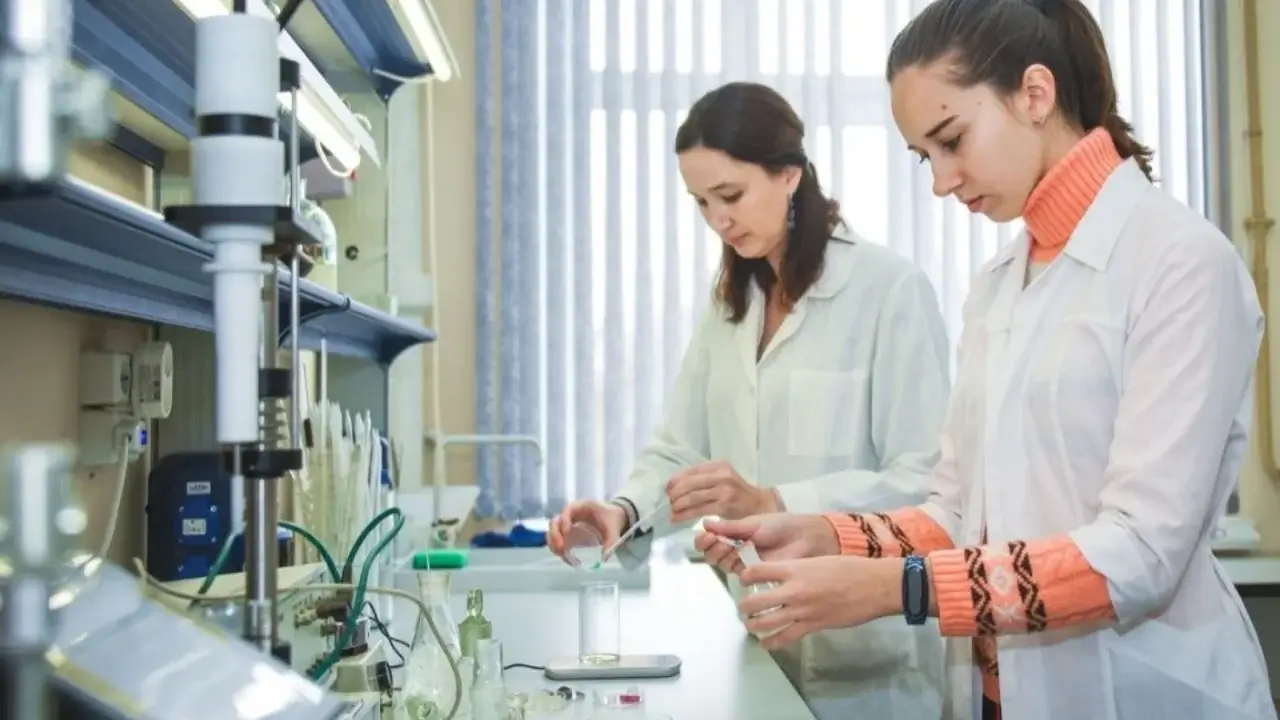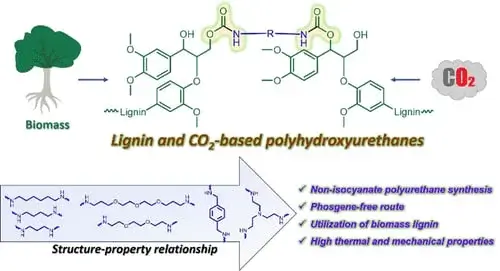
The new technology developed by Associate Professor Ho En Chong and his team uses natural polymer lignin extracted from plants, as well as carbon dioxide, making the process both environmentally friendly and energy-efficient.
Traditional polyurethane is produced using isocyanates, which can be hazardous and toxic to health. The new method completely changes this system, as it does not use toxic substances while maintaining the material's strength, heat resistance, and elasticity.
Additionally, the recycling of the new bioplastics is easier: it dissolves in organic solvents, giving it an advantage over many other "green" polymers. This provides great opportunities for creating new materials in the near future.

Furthermore, the significance of this development lies in its ability to recycle waste from the pulp and paper industry and turn it into valuable resources. This, in turn, is an important step towards environmental protection and reducing the use of natural resources.
The reduction of synthesis stages and energy consumption makes the new polyurethane materials cheaper and more environmentally efficient. This innovative approach opens strong prospects for mass industrial use.
Read “Zamin” on Telegram!Users of Меҳмон are not allowed to comment this publication.














